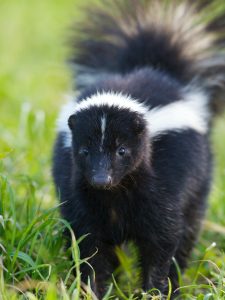Bird Removal – Everything you need to know
 Foto von Prashant Saini auf Unsplash
Foto von Prashant Saini auf Unsplash
Bird Prevention, Removal & Control
The removal of birds from homes and businesses can be a very challenging task to perform. A gathering of many birds in one place can cause plenty of problems, such as droppings that contain bacteria and other diseases, noise pollution, and an increase in pest infestations. Therefore, it is often necessary to remove birds from the property to keep them at bay before they can cause any real damage to begin with.
To get birds to give up a chosen spot, you usually need to either use netting to catch them in their roosting sites or bait them with food and water to lure them in to catch them.
Once caught, they can be relocated away from inhabited areas, so their presence will no longer disrupt people’s lives. As part of bird removal services, exclusion techniques may also be used.
For example, you may seal up large vents where birds tend to enter or set up bird deterrents, like sound devices that emit noises that scare away birds to exclude them.
All types of residential and commercial properties benefit from wildlife control, and a good professional wildlife removal company specializing in bird removal can help you with a targeted plan of bird control solutions. With a strategy put into place, bird control services can bird proof your property and help you get rid of birds by physically removing them and implementing exclusion tactics which can play an equally important part in keeping your property bird free and stopping any bird infestation from happening again.
Types of Birds
Depending on the types of bird problems you are dealing with, there might be different techniques that can help you to get rid of them for good.
Among the most common birds that tend to gather too close for people’s comfort are the following:
Pigeons, sparrows, crows, ravens, seagulls, swallows, woodpeckers, starlings, blackbirds, several types of finches, ducks, and gees. And these are just some of them!
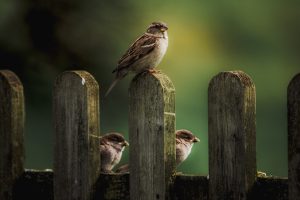 Foto von Will Bolding auf Unsplash
Foto von Will Bolding auf Unsplash
Where do the birds tend to hide/build their nests?
Common places where bird nests and bird colonies cause problems are on buildings like houses, garages and trees, bathroom vents and other ventilation systems, chimneys, attics, roofs, and crawl spaces.
But birds might also take up trees or shrubs in your garden that cause issues.
Depending on how difficult to see or reach they are, sometimes you can only find their nesting spots by doing a thorough inspection of your entire property. This can make bird removal even more difficult.
Problems with birds on your property
Of course, every individual situation involving an infestation of birds is different. But some common problems arise with a bigger group of birds taking up shelter near your home or office!
These include but are not limited to the following:
- Loud noises
- Damage and diseases associated with bird feces and nests can affect humans and pets!
- Other pests related to birds (fleas, mites, etc.)
- Destruction of the home’s exterior or even the interior of a building
- Destruction of garden and plants
- Waste of feathers and nesting material in your garden/the exterior of your house
- Structural damage to the walls and building caused by nesting spots and bird excrement
- Damage caused by birds to your property
- Soiling of areas, including windows and your car
 Foto von Ronan Furuta auf Unsplash
Foto von Ronan Furuta auf Unsplash
How much does bird removal cost?
Depending on the number of birds and bird nests involved and the structural damage to a property, costs for bird removal can vary widely! Not all species of birds can be repelled easily once they are removed, which might add further to the efforts to get rid of them once and for all!
Generally, the bird removal costs range between $100 and $2000+ US dollars. This is due to the huge variety of issues and the number of birds and birds’ nests that need removal.
For more information, also check out our previous article about bird’s nest removal here.
Bird infestations
What exactly is a bird infestation? Why are they bad?
An infestation occurs when a large number of birds occupy an area, disrupting the ecosystem.
Consequently, the massive population of birds undermines the delicate balance of species interactions by competing for food and nesting sites.
Additionally, excess bird populations can create nuisances for local residents due to increased noise and droppings.
Bird droppings
What is so dangerous about bird droppings?
Bird droppings can be a hazard to public health. Not only are they unsightly and smelly, but droppings left by certain birds can also contain dangerous pathogens. Specifically, bird droppings may carry viruses such as West Nile virus, salmonella, campylobacteriosis, and histoplasmosis.
West Nile virus is the most common of these viruses and is spread primarily through mosquitoes that get infected after feeding on birds carrying the virus.
Salmonella is a bacterial infection that can occur if someone comes in contact with contaminated bird droppings or eggs and doesn’t take proper precautions when cleaning up afterward. Additionally, campylobacteriosis is another bacterial infection that can result from contact with bird feces or meat products contaminated by them.
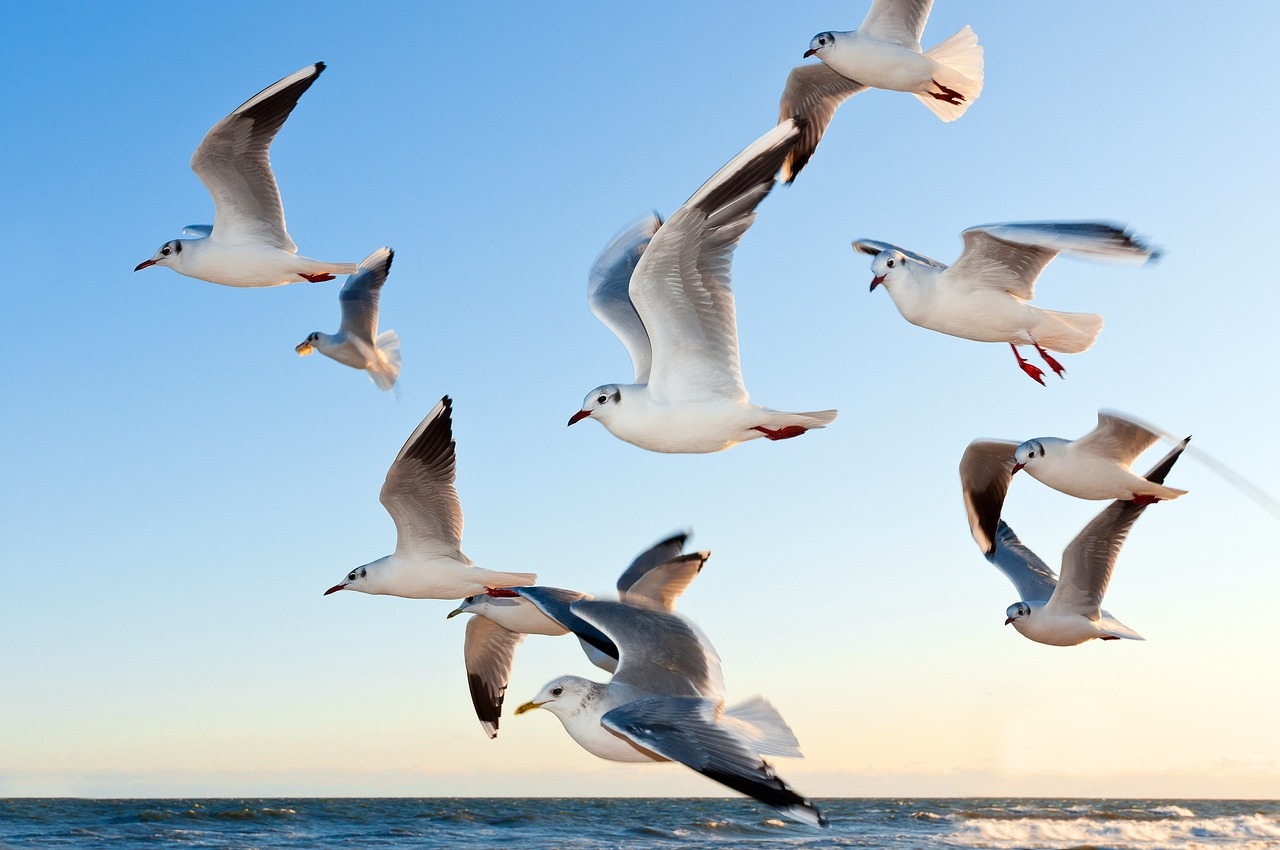
Bird prevention
To stop bird infestations and bird damage, you can try various things, including:
- Bird-proofing your property: Seal any holes, gaps, or other openings in your home or building to hinder birds from entering. This includes installing screens on windows, blocking off chimneys, and sealing cracks in walls and roofs.
- Removing food sources: Keep food waste contained and dispose of it regularly to prevent attracting birds to your property. Don’t leave pet food or water outside, and clean up spills or crumbs immediately.
- Installing deterrents: There are a variety of deterrents that can be installed, such as bird spikes, netting, and visual deterrents like scarecrows or reflective tape. These can help to stop birds from perching or roosting on your property.
- Maintaining landscaping: Trim trees and shrubs regularly to prevent birds from nesting in them. Remove any dead or decaying trees that could attract birds.
- Regular cleaning: Regularly clean gutters, roofs, and other areas where bird droppings can accumulate. This can prevent damage to your property and reduce health hazards.
- Seek professional help: If you have a persistent bird infestation, it may be advisable to seek the help of a wildlife removal service. They can help to assess the situation and recommend appropriate measures for removal and prevention.
By taking these preventative steps, you can reduce the likelihood of bird infestations and minimize potential damage to your property. It’s always better to prevent an increase in the number of birds in your garden and be proactive before there is already a big bird problem to begin with.
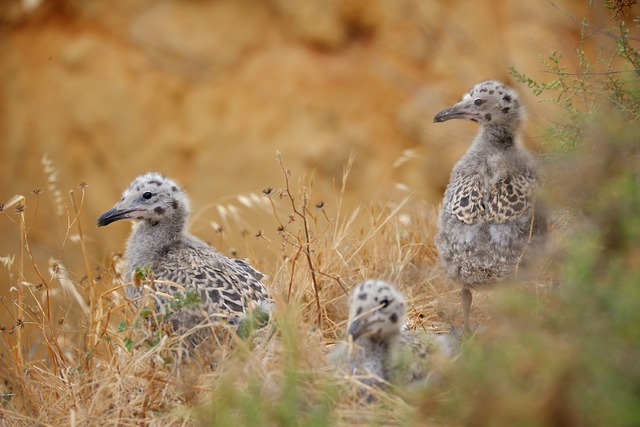
Bird control
Why do we need it? Here are some arguments in favor of bird control:
- Health concerns: Birds carry diseases, parasites, and bacteria that can be harmful to humans, particularly in large numbers. Bird droppings can also lead to respiratory issues and other health problems.
- Property damage: Bird droppings can cause damage to buildings, cars, and other structures. In addition, birds can build nests in gutters, chimneys, and other areas of homes and buildings, leading to blockages and potential damage.
- Safety hazards: Birds can create safety hazards by building nests in or around electrical equipment, which can lead to fires. Large bird populations can also create a hazard for aircraft, increasing the risk of bird strikes.
- Agricultural damage: Birds can cause significant damage to crops and livestock, leading to economic losses for farmers and agricultural industries.
- Conservation concerns: Some bird species are considered invasive and can cause harm to native species and ecosystems. Controlling these populations can help to protect native species and promote biodiversity.
Overall, bird control can help to mitigate health concerns, prevent property damage and safety hazards, reduce agricultural losses, and protect native species and ecosystems.
It’s important to approach bird control in a safe, humane, and ethical manner, and to consider the potential impacts on both birds and humans.
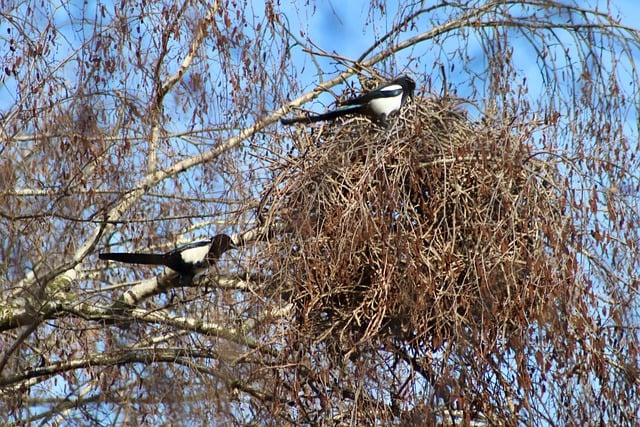
Bird removal services
Most bird removal services are performed by experienced professionals with the training and skills necessary to safely remove birds from residential or commercial buildings without causing any harm to the animals.
These services usually involve providing a safe and humane way to capture, relocate and release the birds in an appropriate environment.
Bird exclusion measures can also be used as part of these services, which involve using methods like netting, spikes, or barriers that make it difficult for birds to land on ledges or other parts of buildings.
In addition to being able to remove birds from buildings safely, bird removal services often offer advice on how homeowners can prevent future infestations from occurring.
Wildlife technicians do not only help you get rid of birds but also implement a bird control plan by setting up deterrents like bird netting and scare tactics and several other means of exclusion methods to help you solve your bird issue once and for all!
Thank you for taking the time to read this article; we hope you found it helpful.





